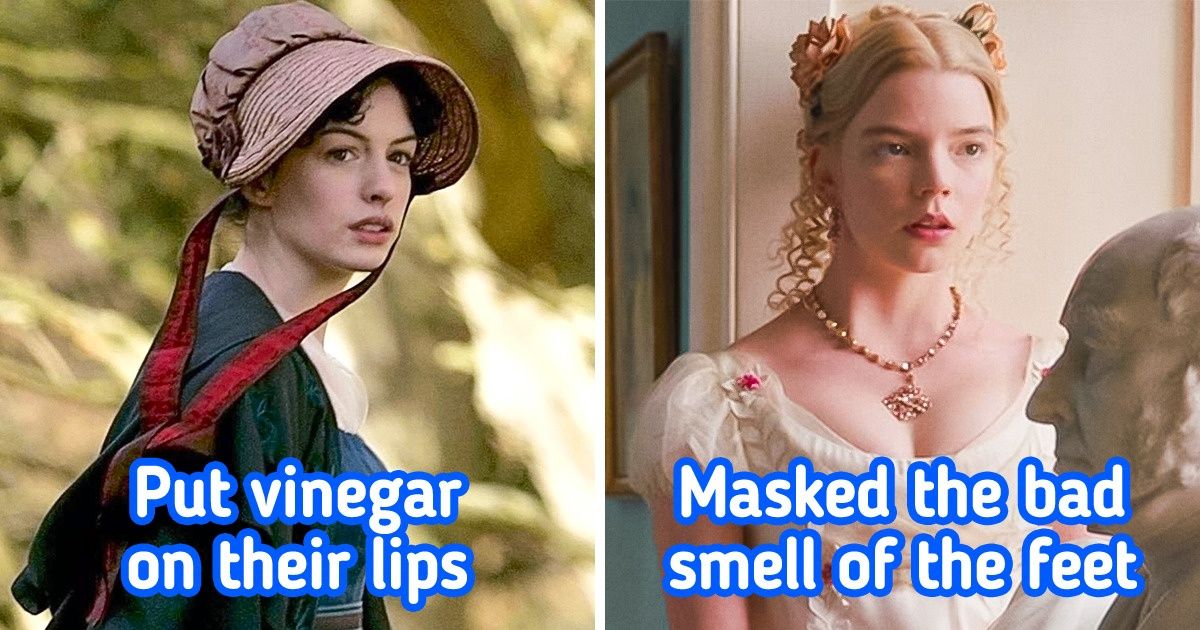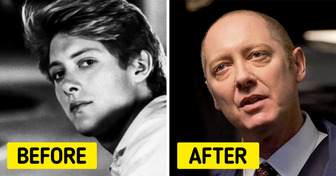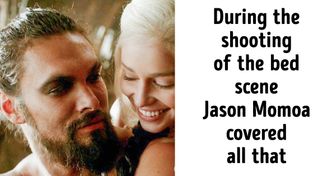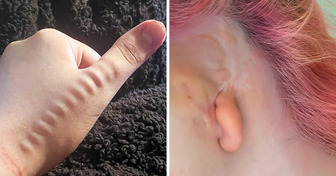10 Hilarious Stories That Prove Kids Say Anything


Even today, when store shelves are full of all sorts of beauty products, it’s not very easy to take good care of yourself. Obviously, it was much harder in the past. But no matter when men and women have always appreciated attractive appearances and have wanted to look as good as possible. In the past, it took a lot of effort and the ingredients they used will shock any modern person.
We at Bright Side carefully researched the beauty secrets of the past and we’re sure we wouldn’t risk trying some of them.
Healthy smiles have always been trendy but it was hard to achieve without modern products. In the Middle Ages, aristocrats and peasants cared about their teeth. They cleaned their teeth with cloths and sticks. To remove plaque, they used a paste made of coal, salt, and black pepper.
To make their teeth perfectly white, they mixed the ash of burned rosemary leaves, wrapped it in a cloth, and cleaned their teeth with it. To remove the bad smell from the mouth, they chewed on mint leaves or clove seeds.
A huge rise in beauty products started in the 17th and 18th centuries. During this time, everyone used makeup: women, men, and even children. White soft skin was the symbol of being an aristocrat. To achieve this effect, trendy people used different creams.
Very often they contained potentially dangerous chemicals. They were also made out of innocuous things like ground chalk, powder, egg whites, and vinegar. Such a mix made the skin look soft and shiny. The only problem was that they weren’t supposed to smile or laugh or their face would crack.
In the 18th century, 2 colors were mainly used in makeup. Rouges were made of red sandalwood and carmine. To make a special paste, they mixed powders with grease and vinegar. Applying makeup was a big process too. Women were dressed first, then their clothes were covered, and then the makeup was applied.
The layer was so thick that it was hard to tell one lady from another.
Today, mirrors seem like a totally accessible item but before the 19th century, most people had never seen their own reflections. The first mirrors that were made of glass appeared in the 12th century, but really good ones were made in Venice in the 15th century. These mirrors, in particular, cost a fortune. Some aristocrats even sold land to get a small piece of a mirror.
4 centuries ago, dark eyebrows shaped like perfect half-moons were trendy. In the center, they were a bit wider and they got thinner closer to the edges. To make the color richer, the eyebrows were dyed with coal, elderberry juice, and soot from oil lamps. The extra hairs were plucked. Some women shaved their eyebrows off completely and drew them on their faces. They also used fur to make fake eyebrows but they often fell off.
Women made most creams and lotions by themselves. The recipes included the most unexpected ingredients. So, for morning procedures, they used cow’s milk mixed with water. Also, women washed their faces with breastmilk. To make their skin soft and get rid of acne, women used a plant known as liveforever.
Creams were made of almond oil and white wax with other exotic ingredients. Being slender wasn’t very trendy but it was good to be fit. So, to make their skin more toned, women used pastes made of oil of foxes, oil of lilies, capon-grease, goose-grease, pine and rosin, pitch, and turpentine.
The standards of men’s beauty also changed. During the times of Louis XIV, an attractive gentleman was supposed to be fit but not very muscular. The only exception was the ankles. To demonstrate their strong and attractive ankles, men wore shoes with heels.
Another thing people found attractive about men’s bodies was a small belly. It showed others that the owner could eat often, which meant he had money. Men even wore special pads to add a few inches to their bellies.
The beauty standards of the 18th and 19th centuries expected women to have small and elegant feet. Women couldn’t shrink their feet, so they tried to choose smaller shoes or those made of thin fabrics. If a lady could hardly put shoes on, they were the right pair. Light materials and almost invisible soles made the shoes very uncomfortable and easy to break. They would fall apart after just a couple of days if ladies wore them on cobblestone. For example, George Sand, a female writer, preferred men’s clothes just to save money.
Ladies also hid the bad smell coming from their feet. They applied talc on their feet, or a mix of mint, rosemary, sage, and juniper.
Women’s fingers and wrists were the epitome of beauty. Ideally, women’s hands were supposed to be white, soft, and round. To protect them from other people’s looks and bad weather, women wore gloves. Long nails were considered to be vulgar, so they were cut short, shaped like an oval, and polished.
To make the skin softer, women used different things. For example, they applied a mixture made of chestnuts. Or they soaked their gloves in horseradish and buttermilk, lemon juice, vinegar, pink water, glycerin, and oatmeal. They wore these gloves overnight.
Strong hair was a sign of health for both men and women. There were a lot of homemade products that were supposed to make hair strong and prevent hair loss. People used bear grease if they started losing hair. They also applied onion, honey, mustard, and moose droppings.
To make hair grow fast and soft, people used a special liquid made from lard and olive oil. They treated splitting ends with a balm made of beeswax, honey, and bear grease. Hair was covered with powder and not just white powder. It could be brown, pink, orange, blue, or violet.
Before lip balms were made, women used different natural products. Ideally, women needed to have small mouths that looked like rosebuds. The lips were supposed to be round and soft.
To get rid of dryness and cracks, they used honey or oil. Some used earwax. Another recipe included using lard, beeswax, and lemon oil.
In the 18th century, there were very strict canons of women’s beauty that set the rules for everything — from the body shape to what the ear should look like. Women with small and round heads were considered to be very charming. So, the nose was supposed to split the face right in the middle and the forehead should have been white, open, and smooth. If the natural beauty was hidden under the hair, the hairs were plucked.
Which modern fashion and beauty trends seem strange to you?
Got some cool photos or stories and want to be featured on Bright Side? Send them all right HERE and right now. Meanwhile, we’re waiting!











